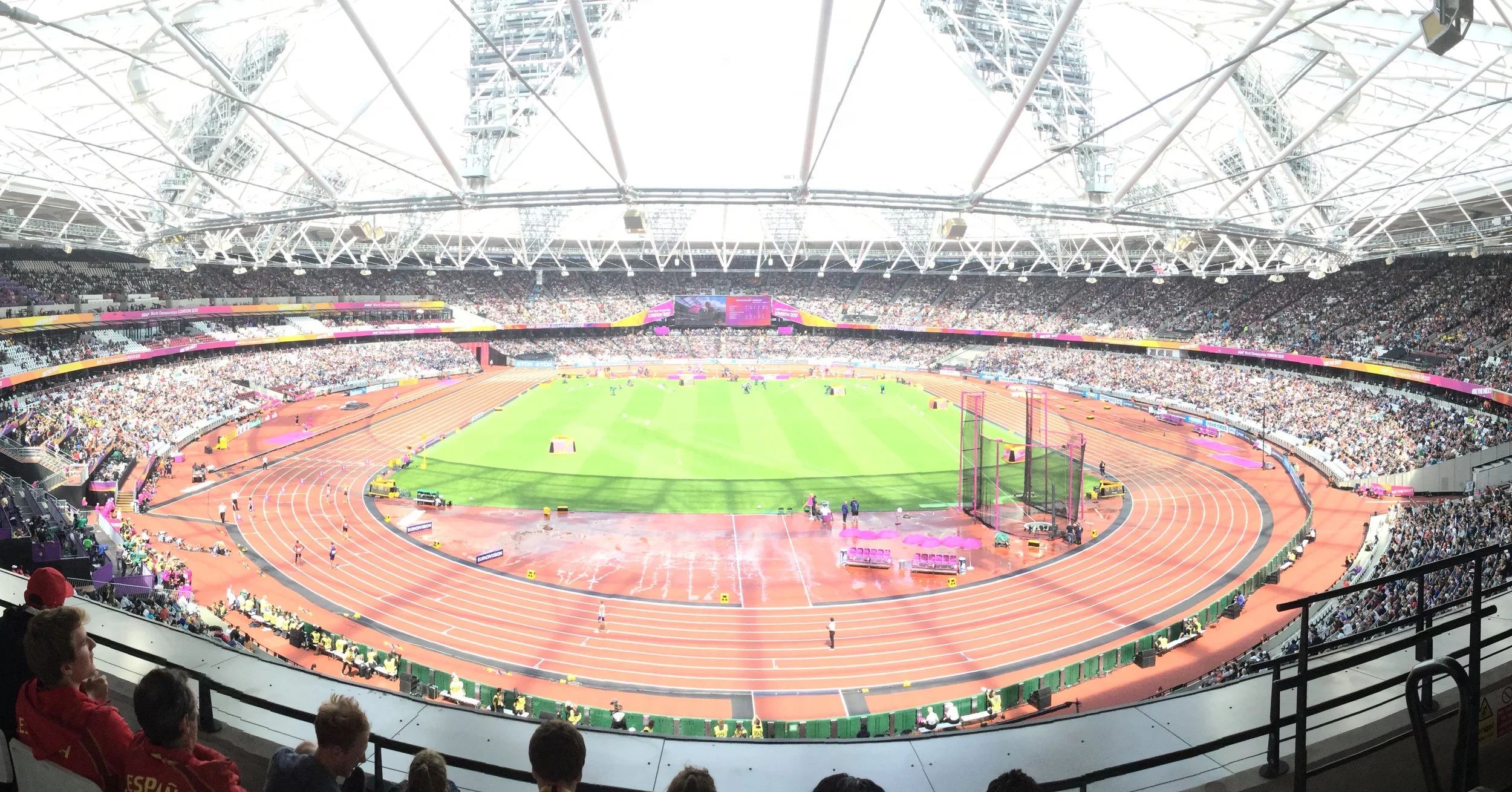High stakes and heightened emotions are characteristic of competitive sport, particularly at the highest level. For those who operate in elite and professional sport the presence of stress seems ubiquitous. Coaches and athletes alike regularly face high pressure scenarios where there is a great deal of expectation and much riding on the outcome. Anticipation of an important event, such as a big game, major competition, or selection trials naturally inspire a host of feelings, thoughts, and emotions, ranging from excitement to anxiety and even dread, sometimes simultaneously! In this post we explore how we can equip ourselves and help our athletes to meet the psychological and emotional challenges we will inevitably face on the journey.
The Why, What, and How of Coaching Movement: Part 3
The current post is the culmination of a three-part series on coaching athletic movement. In the opening part of the series, we delved into the ‘why’, and sought to elucidate what roles we have to play in this space. With part two we got into the ‘what’, and proposed that the lenses of mechanical effectiveness and efficiency might unite our aims in both performance and injury realms. With this final instalment, we get into the ‘how’, and provide some practical guidance on how we might deliver what we outlined in part two, and ultimately fulfill the roles we identified in part one.
Major Competition Coaching
Major competition poses unique challenges not only for the athlete, but also the coach and wider support staff. From a logistical viewpoint there are a host of additional factors to manage, but on a more personal level, each member of the team must also manage themselves and how they interact with the athlete. In the crucible of a major competition environment the mettle of all individuals concerned is tested, and every member of staff connected to the athlete has a responsibility. In this post we will dig deeper on this topic, and explore ways we can support athletes in handling the pressures to compete at their best on the biggest stage.
Unravelling 'Locus of Focus' - Where to Direct Athletes' Attention When Training and Competing
Locus refers to a place or position where something is located: locus of attention concerns the location of an athlete's focus when executing a movement. Typically, locus of attention is stratified into internally versus externally located focus. The current dominant message to coaches and practitioners is to cue in a way that avoids an internal focus of attention - essentially 'internal focus BAD; external focus GOOD'. Yet when we look beyond the dominant narrative and take a closer look at the research on the topic, the question of where and how to direct an athlete's locus of attention when learning and performing becomes rather more complex. There is growing evidence to indicate that what is optimal may vary according to the population concerned, the task, context and even individual preference or predisposition. In this post we will delve deeper and attempt to unravel the topic of locus of focus.








